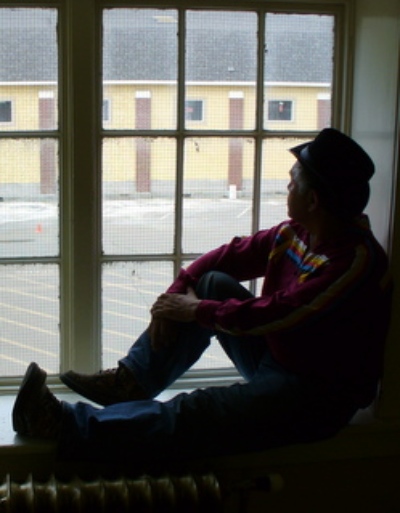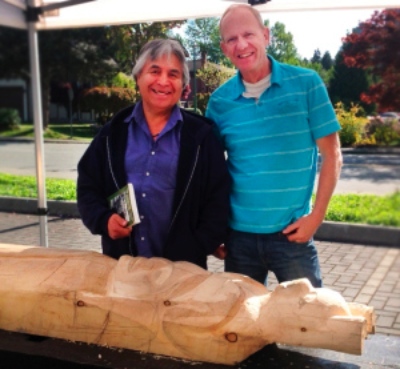It is surprising to many Canadians that 150,000 Aboriginal children were forced to attend Indian Residential Schools from 1831 to 1996 as part of Canada’s official efforts to assimilate Indigenous people. It is not surprising that many victims did not survive the experience.
Walking a survivor through the trauma of being removed from his home, language and culture at six years of age is emotional and uncomfortable. Such a journey has been documented by residential school survivor Isadore Charters and settler Don Klaassen. The process was a difficult one at times, both agree, but necessary to develop empathy between them. Their friendship and creative collaboration will serve as a positive example to many others.
Yummo’s story
Yummo Comes Home is the moving story of an indigenous man who revisits the Kamloops Residential School building where he experienced abuse during his eight-year stay, to reclaim and bring back home his boyhood innocence and confidence.
We get a glimpse of the harmful effects of Indian Residential Schools through the eyes of Isadore Charters. “My full name is Yen Mo Ceetza and my Christian name would be Isadore Charters and my kid name is Yummo.”
Isadore, an Okanagan/Thompson Nation artist and carver now living in the Chilliwack area, shares his journey of healing and reconciliation through his Christian faith, artistic expression and community.
Don Klaassen, the son of Fraser Valley settler immigrants, portrays the sentiments of the descendants of the immigrant settlers who are discovering this overlooked portion of Canadian history.
Healing Pole
Isadore has been carving a Residential School Healing Pole since 2010. He and the pole have been travelling to churches and communities throughout BC to focus on healing, truth-telling and relationship-building.
The pole will be displayed during Truth and Reconciliation Commission events September 18 – 21 at the PNE and when completed will be displayed at the former Kamloops Residential School.


